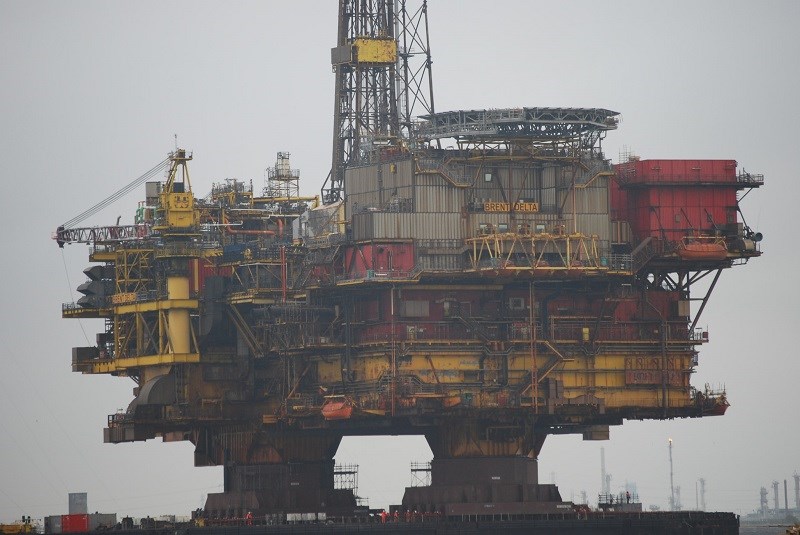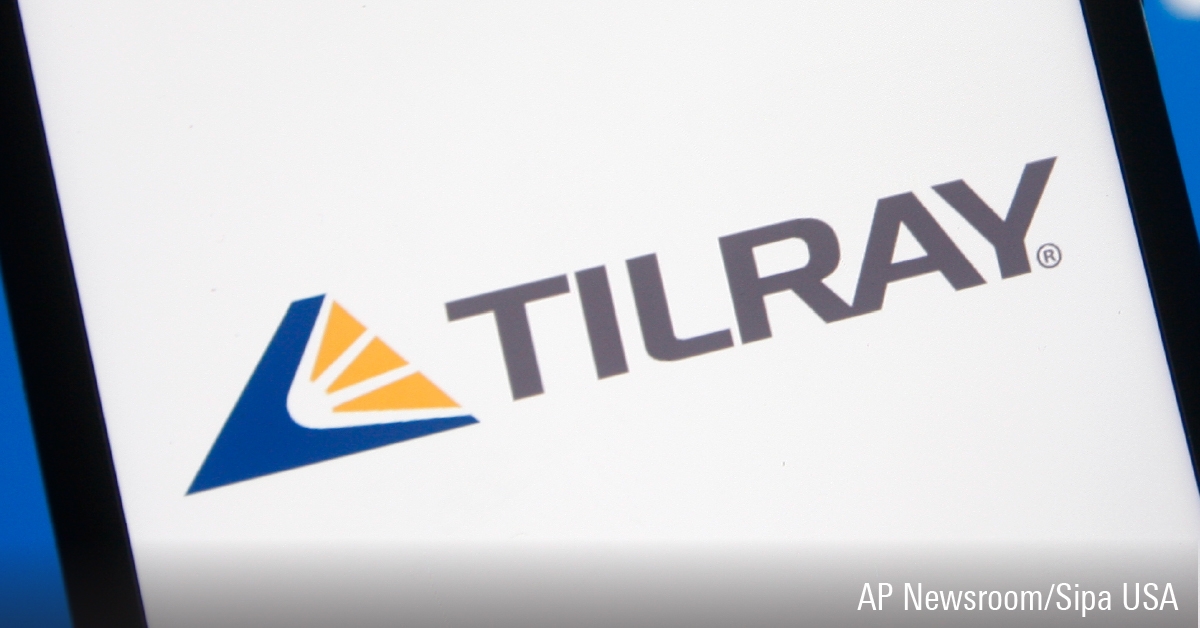
Editor's note: Read the latest on how the coronavirus is rattling the markets and what you can do to navigate it.
As the stock market continues to crater among the coronavirus-induced uncertainty, investors in risk-off mode are taking refuge in gold to ride out the storm. The yellow metal has been ripping since the virus crisis broke out sparking a steep selloff and interest rate cuts. In March, the precious metal broke through US$1,700 per ounce, the first time since 2012, regaining its status as a stable store of value amid plunging oil prices and the stock market bloodbath.
Although gold prices have come off those levels, they’re still up more than 4% for the year to date, as of March 31, in sharp contrast to the more than 18% drop for the S&P 500 index, for the same period. “Negative real interest rates have increased gold’s investment appeal, supporting our 2020 price forecast of US$1,500 per ounce,” says Morningstar sector director, Kristoffer Inton.
Leading gold producers stand to benefit from the steadily increasing investor demand for bullion. These gold miners have been cutting costs and production for years to stay profitable during the multi-year bull market run and falling gold prices. This may be a good time to take a closer look at select gold producers that are well-positioned to not only benefit from the current investor rush to gold but also when the seasonal demand picks up in the post-pandemic world.
| Agnico Eagle Mines Ltd | |
| Ticker: | AEM |
| Current yield: | 2% |
| Forward P/E: | 33.33 |
| Price: | US $56.63 |
| Fair value: | US $67 |
| Value: | 16% discount |
| Moat: | None |
| Moat trend: | Stable |
| Star rating: | **** |
| Data as of March 30, 2020 |
Leading Canadian gold miner, Agnico Eagle Mines (AEM) has mining assets in Canada, Mexico, and Finland. The firm, which produced roughly 1.8 million gold ounces in 2019, also owns 50% of the Canadian Malartic mine. The miner is focused on increasing gold production in lower-risk jurisdictions.
While all its key assets are based in Canada, Agnico Eagle’s portfolio is particularly anchored by its Canadian asset, LaRonde mine, which churns out byproduct metals that keep costs low. This also means that its cash costs are more sensitive to volatile byproduct metals prices than other gold miners, says a Morningstar equity report.
Prompted by government-mandated activity restrictions, Inton lowered Agnico Eagle’s 2020 production forecast by nearly 40% to nearly 1.2 million gold ounces, leading him to cut the stock’s U.S.-dollar-denominated fair value from US$49 to US$47. The Canadian-dollar-denominated fair value, however, rose from $65 to $67 due to a stronger U.S. dollar.
“The company,” he assures, “has been one of the most consistent miners in the industry, and our near-term production forecast cut is due to factors outside of its control. We think long-term-oriented investors can get exposure to the solid operator at a discount.”
The recent rate cut by the U.S. Fed drove the 10-year U.S. Treasury yield to below 1%, significantly lowering the opportunity cost of holding gold. “Lower Treasury rates will continue to support higher near-term gold prices, but our midcycle view is unchanged, which is key to our valuation,” notes Inton.
When it comes to gold as an investment, today’s demand is tomorrow’s supply, says Inton, pointing out that as real interest rates rise, investment sentiment could turn, leading to demand contraction.
| Newmont Corp | |
| Ticker: | NEM |
| Current yield: | 1.21% |
| Forward P/E: | 21.74 |
| Price: | US $46.36 |
| Fair value: | US $39 |
| Value: | 15% Premium |
| Moat: | None |
| Moat trend: | Stable |
| Star rating: | *** |
| Data as of Mar 30, 2020 | |
World’s largest gold producer by volume, Newmont Corp (NEM) operates mines in the U.S., Argentina, Australia, Canada, Dominican Republic, Ghana, Mexico, Peru, and Suriname. The company recently divested assets such as Red Lake and KGCM to trim its portfolio.
Last year, Newmont acquired fellow gold producer Goldcorp for a relatively mild premium. “Newmont should be able to improve performance at mines where Goldcorp has struggled from an execution perspective, helping drive production costs lower,” says a Morningstar equity report, adding that “a pipeline of development projects will offset the decline at some older legacy mines and keep cost inflation in check.”
Newmont's Nevada assets are some of the most important pieces of its portfolio. Newmont and Barrick Gold agreed on a joint venture, after the latter made a hostile acquisition bid, combining their mines in Nevada, an attractive mining region. “Newmont owns 38.5% of the joint venture based on agreed upon net asset values for the contributed mines,” says Inton, noting the proximity of mines will allow for significant cost and capital spending synergies.
The firm’s gold production is expected to remain steady at roughly 6.4 million ounces, compared with 6.3 million ounces in 2019, “with most of the growth coming from the acquisition of Goldcorp rather than new mines,” says Inton, who puts the stock’s fair value at US$39.
Like its peers, Newmont is “highly leveraged to gold prices,” argues Inton, but adds that the company faces average risk to fluctuations in gold price compared with other gold miners. At the current gold prices, he assures, the company faces less difficulty generating free cash flow than some of its higher-cost competitors.
| Barrick Gold | |
| Ticker: | ABX |
| Current yield: | 1.42% |
| Forward P/E: | 28.33 |
| Price: | US $25.86 |
| Fair value: | US $22 |
| Value: | 17% Premium |
| Moat: | None |
| Moat trend: | Stable |
| Star rating: | ** |
| Data as of Mar 30, 2020 | |
Toronto-based Barrick Gold (ABX) is one of the world's largest gold producers, operating mines in North America, South America, Australia, and Africa. After the 2018 acquisition of Randgold, Barrick Gold holds a large portfolio of mines, with more than 10 mines individually producing 200,000 ounces or more.
“In recent years, Barrick has been focused on strengthening its balance sheet,” says a Morningstar equity report, pointing out that massive amounts of capital invested in problematic projects saddled the company with a large debt.
The gold producer has been focused on driving leverage down to a more manageable level through sales of noncore assets, royalty streams, and other transactions. These efforts raised more than US$5 billion for debt reduction. “The acquisition of Randgold in 2018 added no additional stress to the balance sheet, as it was executed with equity at no premium,” notes Inton. He assures that, similarly, the miner’s joint venture with Newmont for their Nevada assets “unlocks significant value without stress to the balance sheet.”
Higher gold and copper prices could help offset the effects of significant capital spending on underperforming assets, says Inton, who pegs the stock’s fair value at $22, incorporating about US$2.9 billion in net present value of synergies that should be unlocked in the Nevada joint venture with Newmont's assets.
Like most gold producers, Barrick’s fortunes are tied to gold prices. With sustaining costs sitting at roughly US$850 to US$950 per ounce, “the company should be able to generate positive free cash flow even under lower gold prices,” says Inton, forecasting a midcycle gold price of US$1,250 per ounce by 2022.
Considering investing in gold?
View the latest prices and investment return data on gold stocks available in the market.








.jpg)













